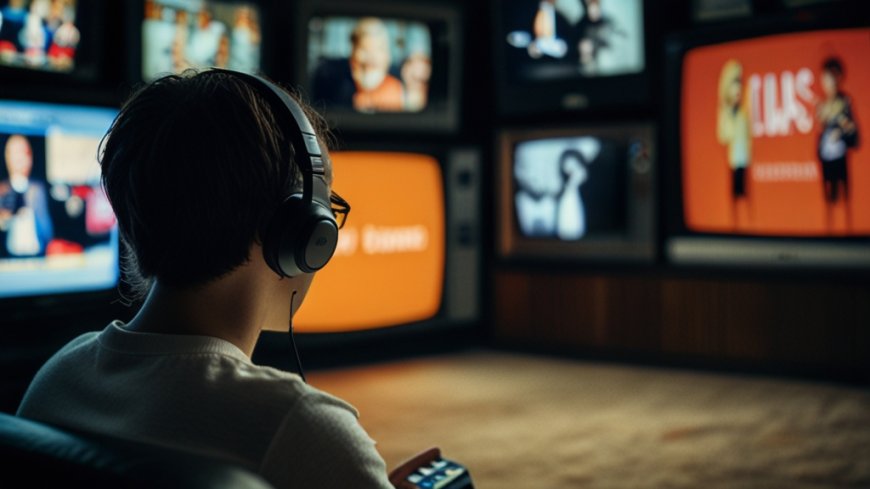The Power of Television: From Golden Age to Streaming Wars
The Power of Television: From Golden Age to Streaming Wars Television has been one of the most influential mediums in the entertainment industry, shaping public opinion, reflecting societal values, and providing a platform for diverse voices and stories. This section will explore the history of television, from its early days to the modern era, highlighting key moments, technological advancements, and the ongoing “streaming wars” that are reshaping the industry.
Television has been one of the most influential mediums in the entertainment industry, shaping public opinion, reflecting societal values, and providing a platform for diverse voices and stories. This section will explore the history of television, from its early days to the modern era, highlighting key moments, technological advancements, and the ongoing “streaming wars” that are reshaping the industry.
Television as we know it began in the early 20th century, with the invention of the cathode ray tube and the development of broadcast technology. The first experimental television broadcasts took place in the 1920s and 1930s, but it was not until after World War II that television became a household staple. The 1950s, often referred to as the Golden Age of Television, saw the rise of popular shows like "I Love Lucy," "The Twilight Zone," and "The Ed Sullivan Show," which set the standard for television programming and established the medium as a central part of American culture.
The 1960s and 1970s marked a period of experimentation and innovation in television, with the introduction of color broadcasts, the expansion of programming genres, and the rise of socially relevant content. Shows like "All in the Family" and "MAS*H" tackled controversial issues such as race relations, gender roles, and the Vietnam War, reflecting the changing social and political landscape of the time. The rise of cable television in the 1980s and 1990s further expanded the range of programming available to viewers, leading to the proliferation of niche channels and the rise of original content from networks like HBO.
The 2000s saw the emergence of what has been called the Second Golden Age of Television, characterized by the rise of high-quality, serialized dramas that pushed the boundaries of storytelling and production. Shows like "The Sopranos," "Breaking Bad," and "The Wire" set new standards for what television could achieve, blurring the lines between TV and cinema and earning critical acclaim for their complex characters, intricate plots, and cinematic production values.
The advent of streaming services in the 2010s has brought about another significant shift in the television industry. Platforms like Netflix, Amazon Prime, and Hulu have not only changed how we watch TV but also what we watch, offering a vast array of content from around the world and making it accessible on-demand. The “binge-watching” phenomenon, enabled by streaming, has transformed viewing habits, as audiences now consume entire seasons of shows in a single sitting rather than waiting for weekly episodes.
The streaming wars, as they have come to be known, have led to intense competition among platforms for exclusive content and subscribers. This has resulted in an explosion of original programming, with streaming services investing billions of dollars in producing new shows and acquiring rights to popular franchises. The success of series like "Stranger Things," "The Crown," and "The Mandalorian" has demonstrated the power of streaming platforms to create cultural phenomena and challenge traditional network television.
However, the rise of streaming has also raised questions about the future of television as a medium. The fragmentation of content across multiple platforms has led to increased competition for viewers’ attention and subscription dollars, making it more difficult for individual shows to stand out. Additionally, the shift towards streaming has disrupted traditional revenue models, with advertising and syndication revenues declining as viewers move away from linear TV and towards on-demand content.
Despite these challenges, television remains a powerful medium for storytelling and cultural expression. The diversity of voices and perspectives represented on television today is greater than ever before, with shows like "Pose," "Insecure," and "The Handmaid’s Tale" exploring issues of race, gender, and social justice in ways that were previously unimaginable. As the television landscape continues to evolve, it will be interesting to see how the medium adapts to the changing needs and desires of audiences in the digital age.





